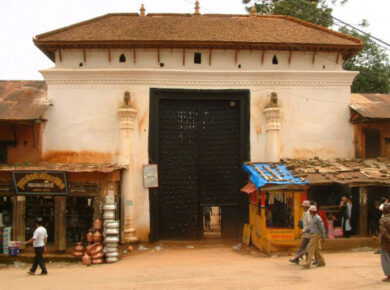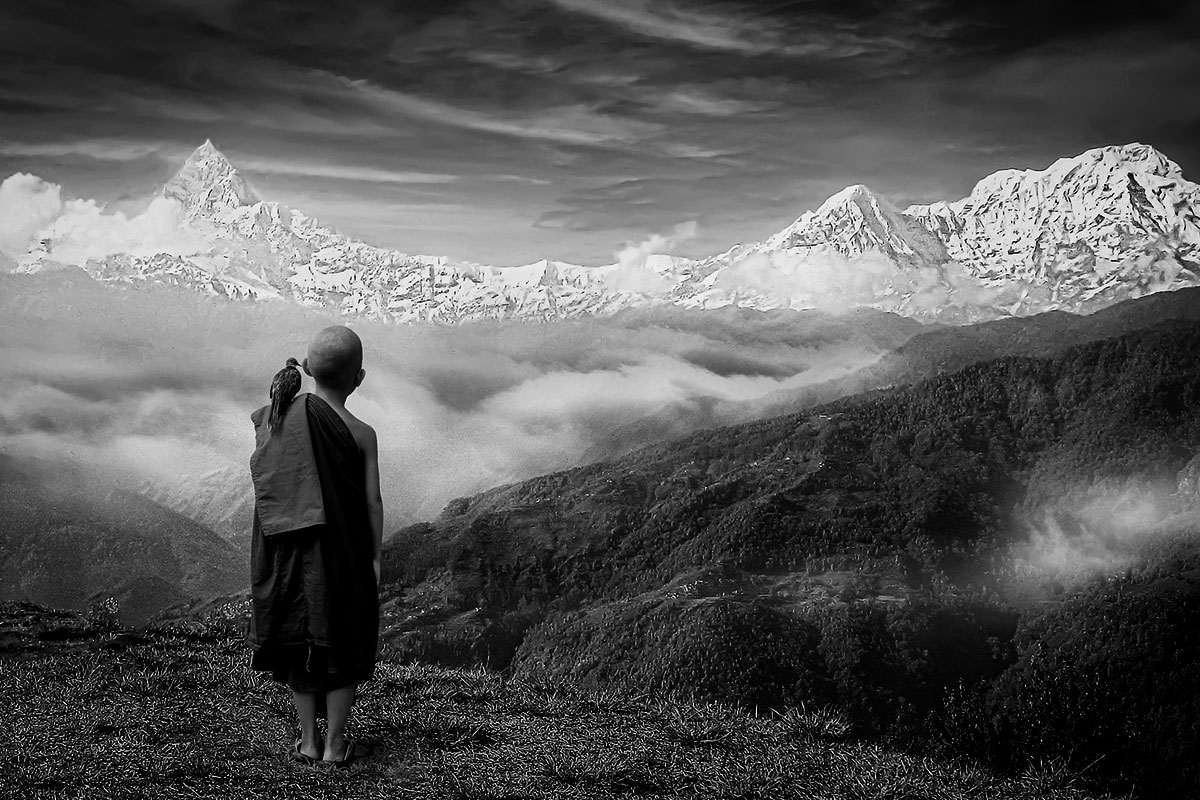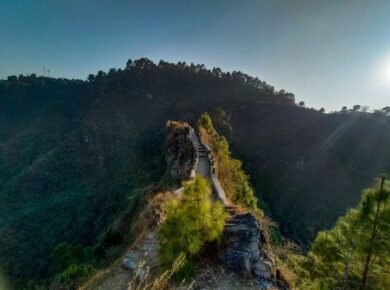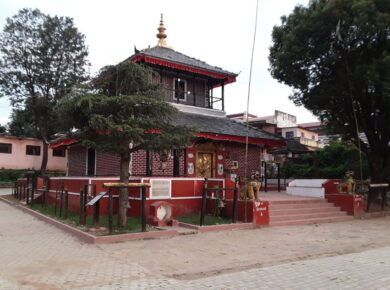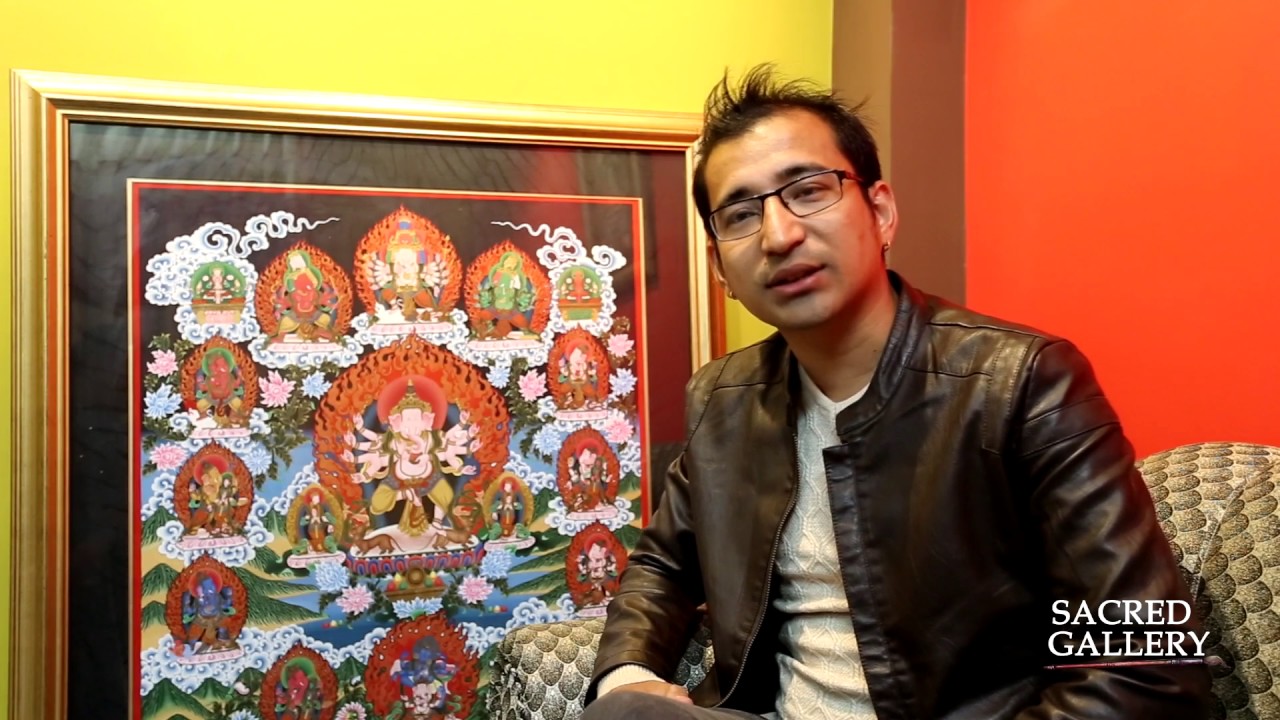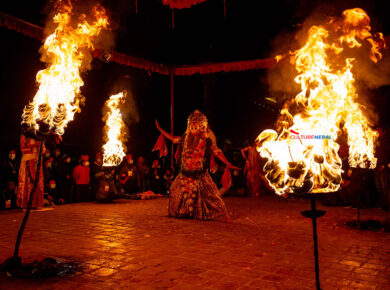This temple of the Elephant-headed God Ganesh is worshipped for success & good luck both by Hindus & Buddhists alike. Built in 1810 A.D. the very first thatched roof temple was gutted in a fire among many other houses in 1861. The reconstructed temple was also destroyed by a second devastating fire. Finally a solid temple with a brass roof and gold plated pinnacle was built around 1884. This too was gutted in yet another fire in 1908. Ultimately the present temple took shape in 1912 adding the artistic door frame with an impressive toran (tympanum), one of the finest local craftsmanship in Tansen which was made of bronze metal contributed locally to replace the fire -damaged wooden door.
Legend says that, while grinding spice one day the screeching of a mouse was heard and a image of Ganesh was discovered on the back of the grinding stone (silauta). The same grinding stone was installed as the first idol of Ganesh in the thatched roofed Temple. A mouse is considered to be the conveyance of Lord Ganesh. Hence his idol is flanked by the images of mice on the either side in the sanctum. Often big bellied Ganesh is depicted riding on his tiny but divine vehicle. The original stone statue, copper statue (circa 1884) and the bronze statue (1913) are also lined up chronologically in a column inside the temple. According to the inscription on the ancient bell located outside (the only remaining object that survived the three big fires) the bell was an offering made by 41 local devotees in 1853. Every year in the month of August a palanquin-like wooden chariot made circa in 1884 is carried around the town with Ganesh’s idol followed by a mass of devotees in the procession.
Children with prolonged speech deficiency are believed to be cured by feeding them Goja, a sacrament blessed by Lord Ganesh made from soaked beaten rice. After wish fulfillment, newlywed – couples, students and businessmen, among others, visit this temple to seek blessings and distribute 108 laddu (a kind of sweet favorite to Ganesh) to their near and dear ones. Worship is performed twice a day by Buddhist priests, another instance of religious harmony in Nepal. Private ceremonies and public functions are inaugurated by lighting an inaugural lamp by a sukunda (holy lamp with image of Ganesh). A trust founded by the locals contributes to the continuous functioning of the annual chariot festival and the daily operation of the temple. Latest renovation took place in 2009 to mark the 2nd centenary of the temple when the 3.5 feet pinnacle was repainted in gold.

